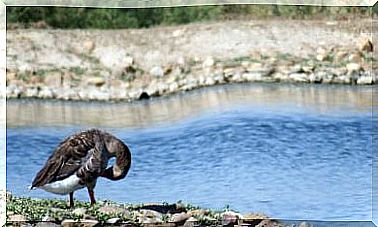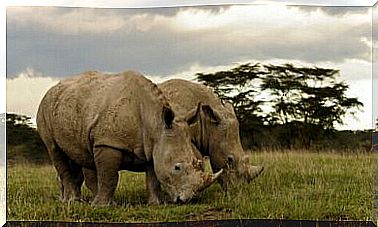4 Types Of Corals
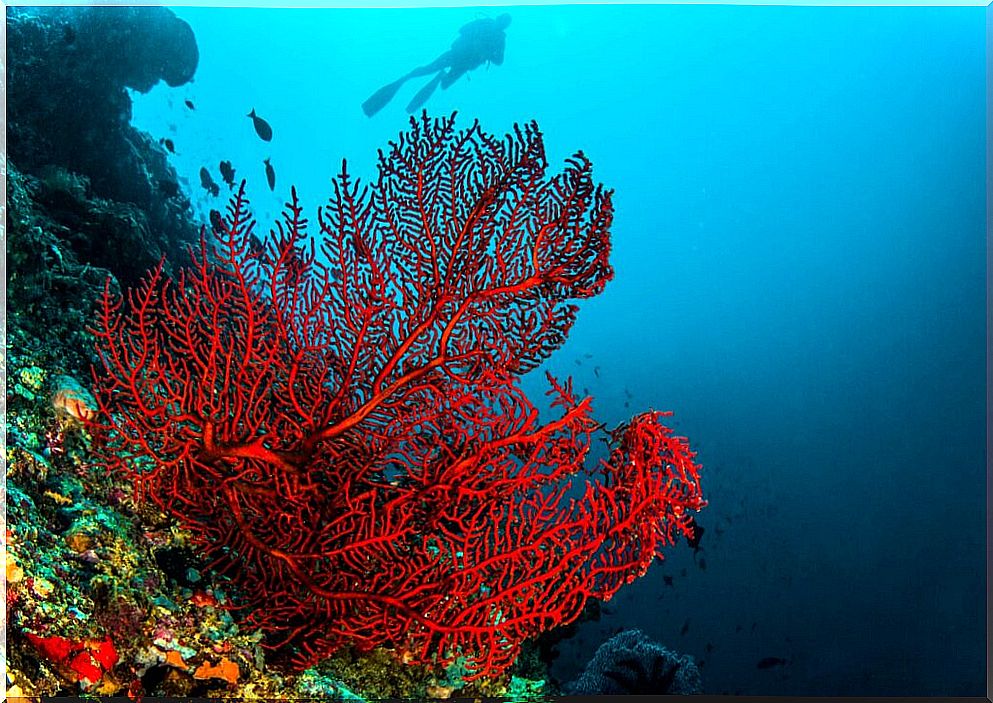
Corals are centers of activity for marine life. TO
They share temperate, shallow and clear waters with tropical temperatures, in which they form large coral reefs.
Coral reefs are one of the most diverse and valuable ecosystems on the planet, as they help protect coasts (strips of land by the sea) from wave and storm damage, and are home to thousands of animals and organisms.
In this article we will analyze 4 different types of corals and their characteristics.
Why are all types of coral important?
According to the WWF , coral reefs – classified as threatened by the IUCN – are considered the tropical rainforests of the sea. These biological formations cover less than 1% of the seabed, but support about 25% of the life of these ecosystems, or more than 4,000 species of fish.
In addition, according to the United States Environmental Protection Agency, some 500 million people worldwide depend on coral for food, coastal protection, and income from tourism and fishing. Undoubtedly, these living beings are both an anthropogenic and an ecosystem good.
General features and news
Corals are animals related to hydrozoans, jellyfish and sea anemones.
In addition, those that make up coral reefs carry out the process of photosynthesis, so most of them live in transparent and shallow waters, where sunlight has a chance to penetrate.
Many of these corals take their color from the algae that live within them, as the polyps that form them are transparent.
Currently, their lives are threatened by various factors such as unsustainable fishing, agricultural and urban rainwater, deforestation, tourism and climate change, as indicated by the sources already mentioned.
4 types of corals
There are shallow sea corals and deep sea corals, and each type is unique and interacts with the environment in a different way. According to Keene State University , there are more than 2,000 types of coral that make up coral reefs and play a key role in the ecosystem. Let’s see 4.
1. Hard corals (Scleractinia)
Hard corals are very important, as they form the reef bed. They consist of thousands of individual polyps that extract calcium from seawater and solidify it creating a hard mineral structure, which acts as a skeletal support.
Hard coral species can be found in all oceans of the world and live for decades. However, their populations are said to be dwindling, due to global changes and ocean acidification.
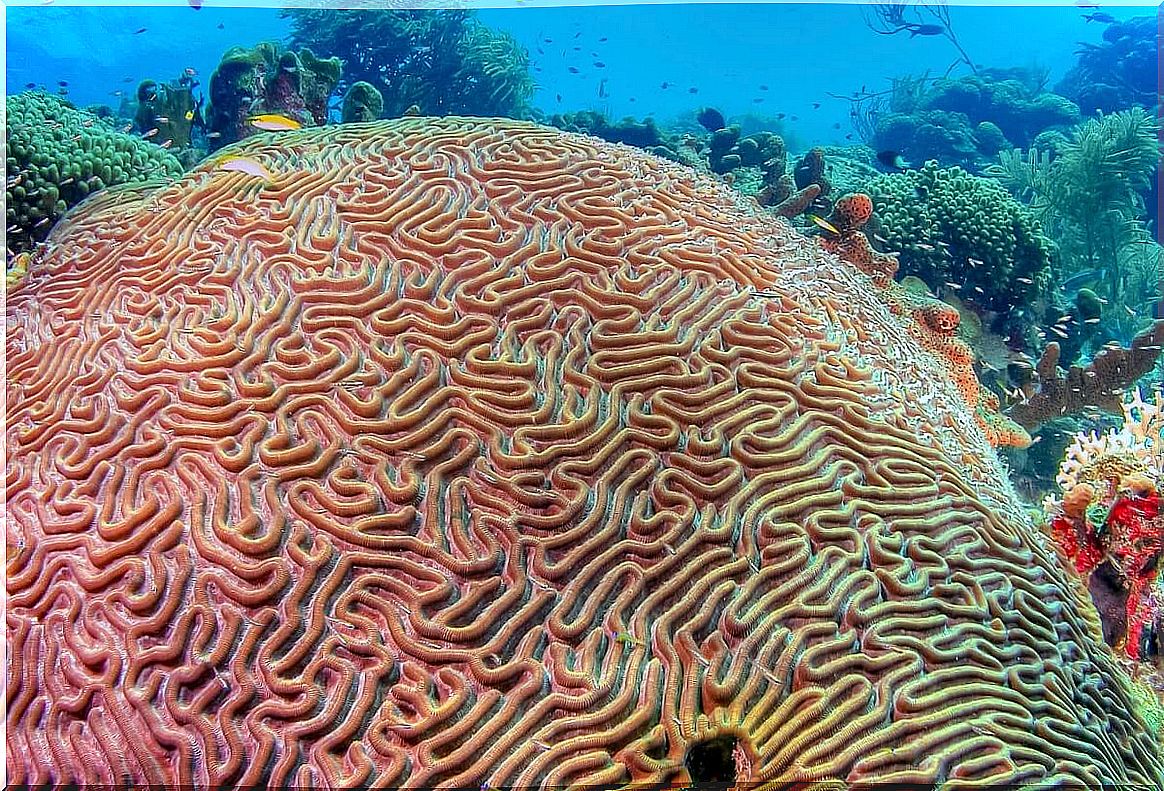
2. Soft corals (Alcyonacea)
Soft corals often have the appearance of plants and trees. They prefer to live in nutrient-rich waters with less intense light. They do not have a hard skeleton like stony coral and as a result are soft and flexible. These types of coral are also known as hermetic.
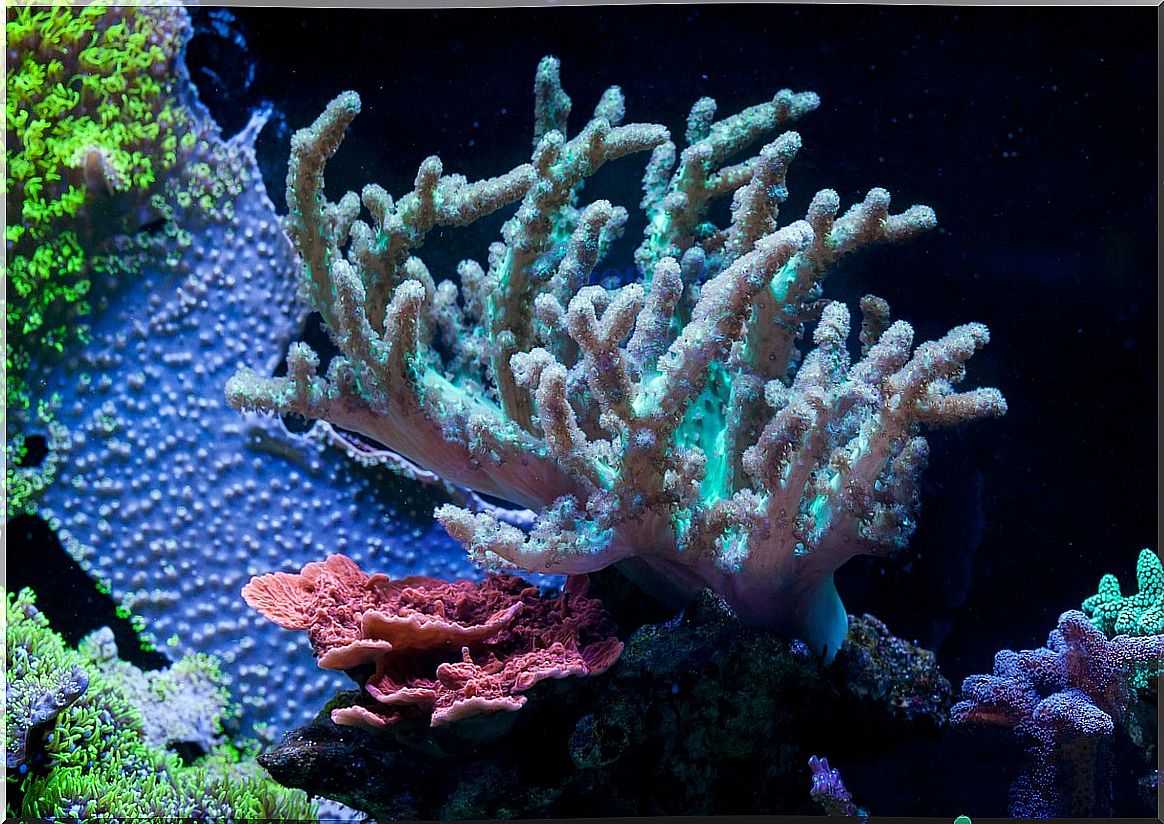
3. Deep-sea corals, the most diverse types of corals (madreporic and similar Cnidarians)
Deep-sea corals can be found in dark areas, up to 6,000 meters below the ocean’s surface. They live in freezing waters with little or no sunlight, so they can grow in waters around the world.
In addition to being strikingly different from all others, the scientists also found that deep-sea corals are among the oldest marine organisms ever recorded. Some of these coral reefs have been actively growing for nearly 40,000 years.
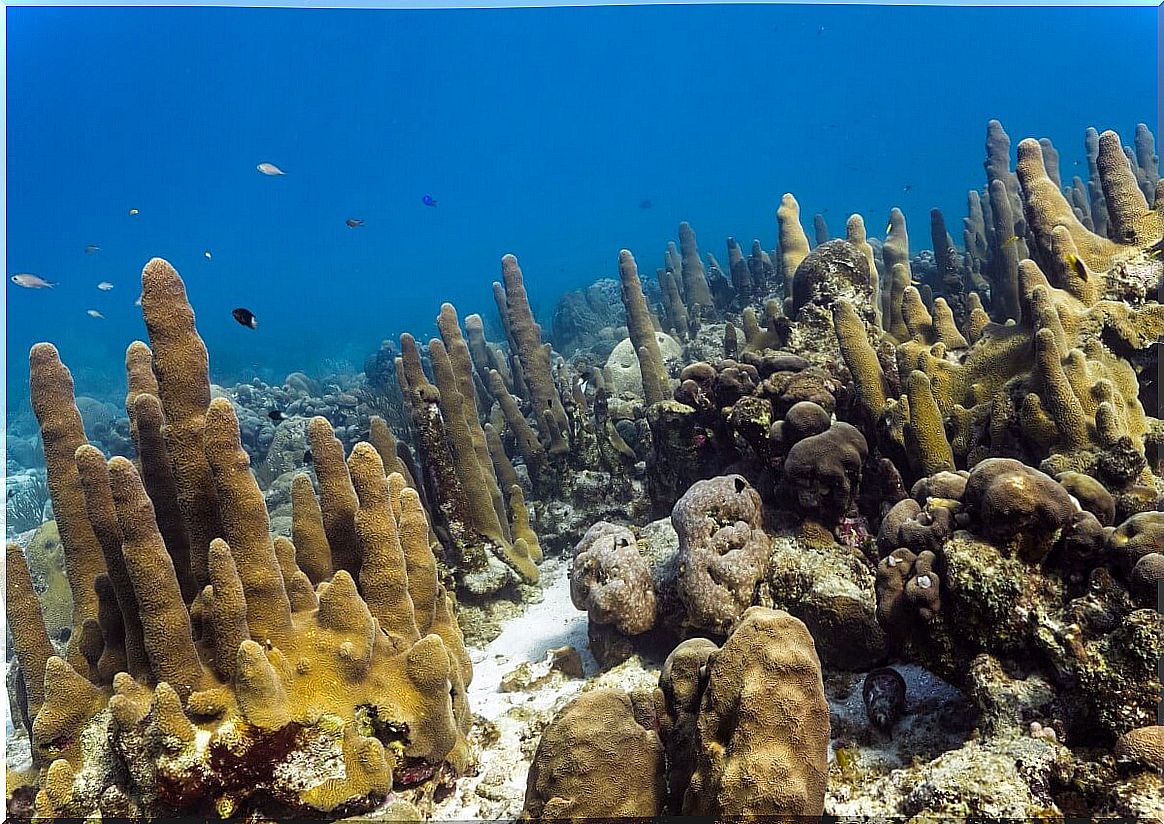
4. Fire corals (Milleporidae)
Also called Milleporidae , fire corals represent the only genus of coral belonging to the Milleporidae family . It is found in the group of false hard corals or hydrozoans, and has a polyp phase and a jellyfish phase.
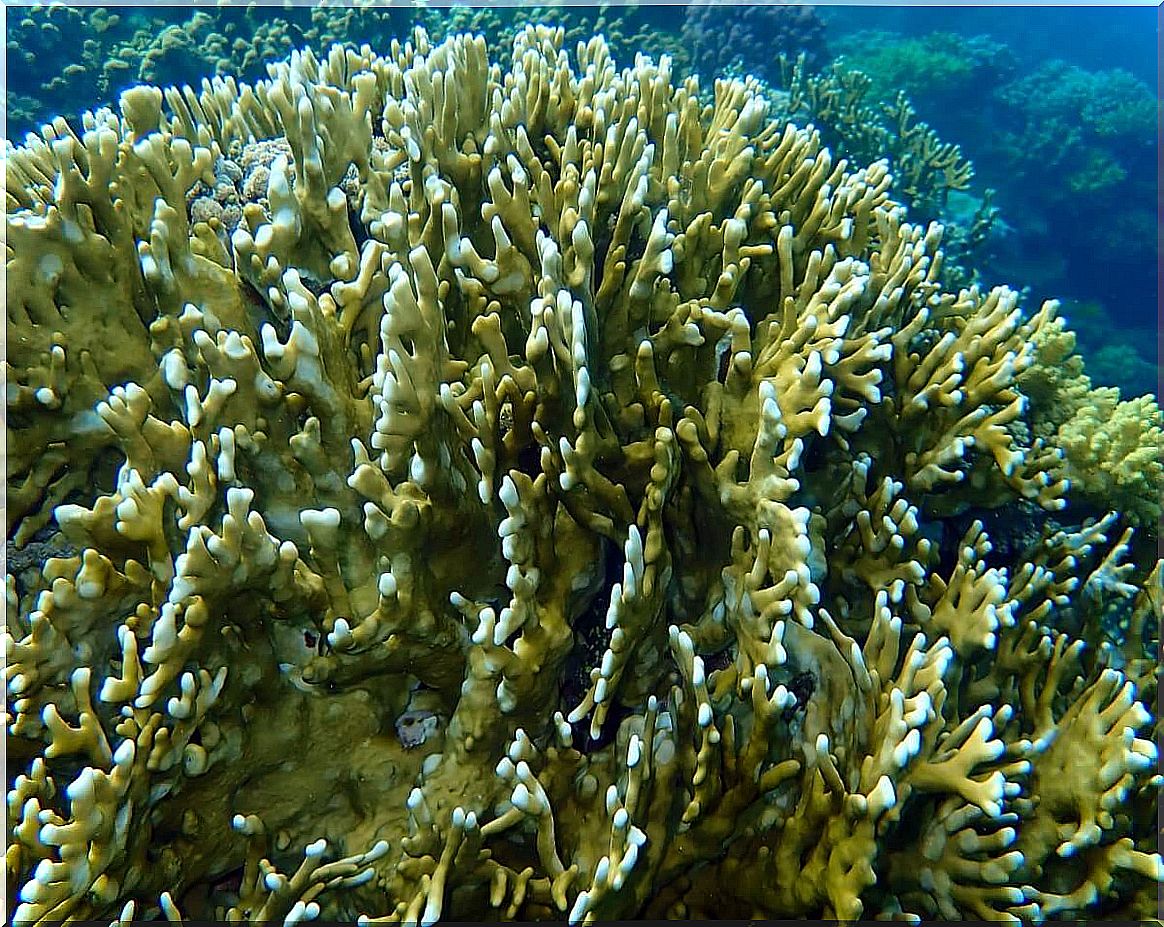
We’ve introduced you to the 4 most amazing types of corals, but unfortunately it’s impossible to end this topic on a positive note. In fact, coral reefs are in danger due to climate change and marine pollution. If we don’t act quickly, these living things will eventually disappear from aquatic ecosystems.
